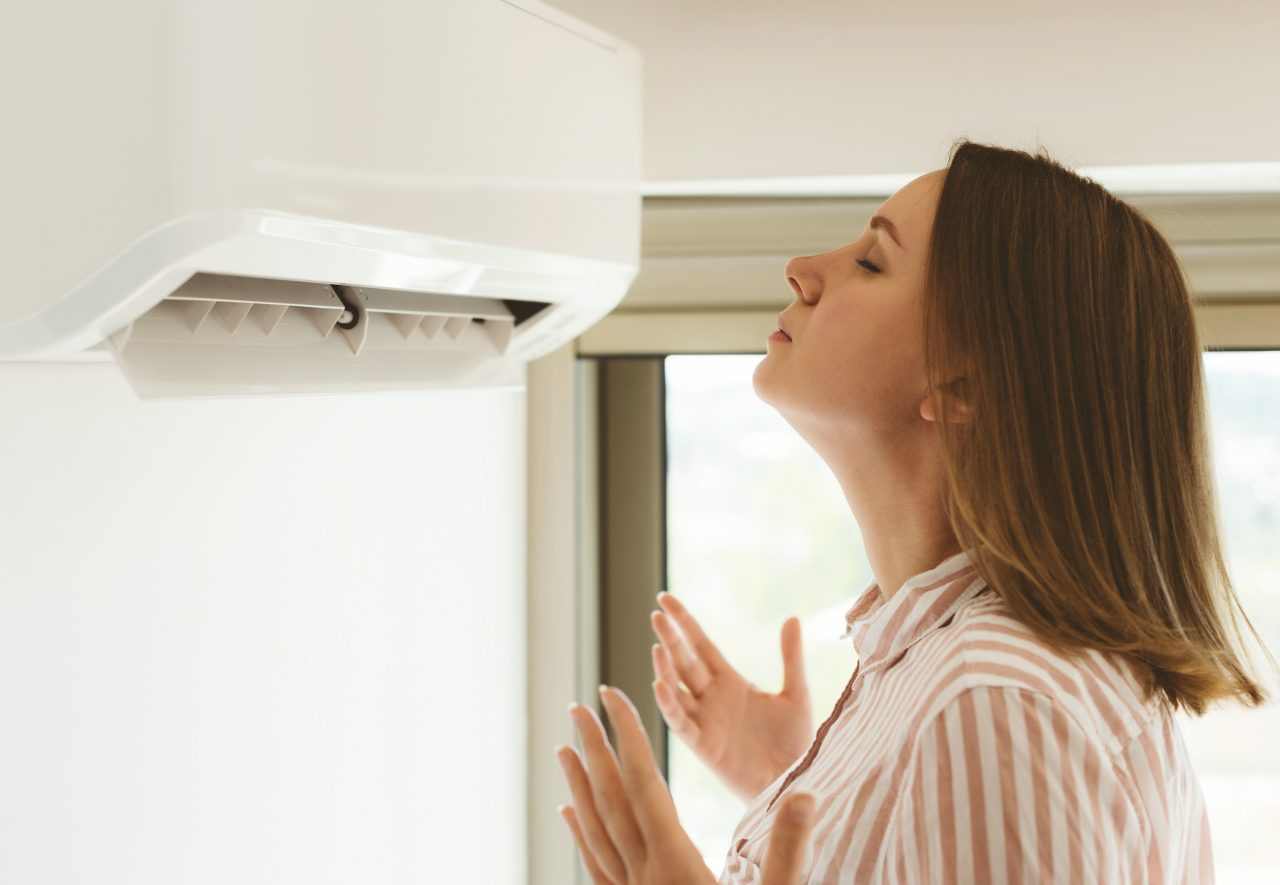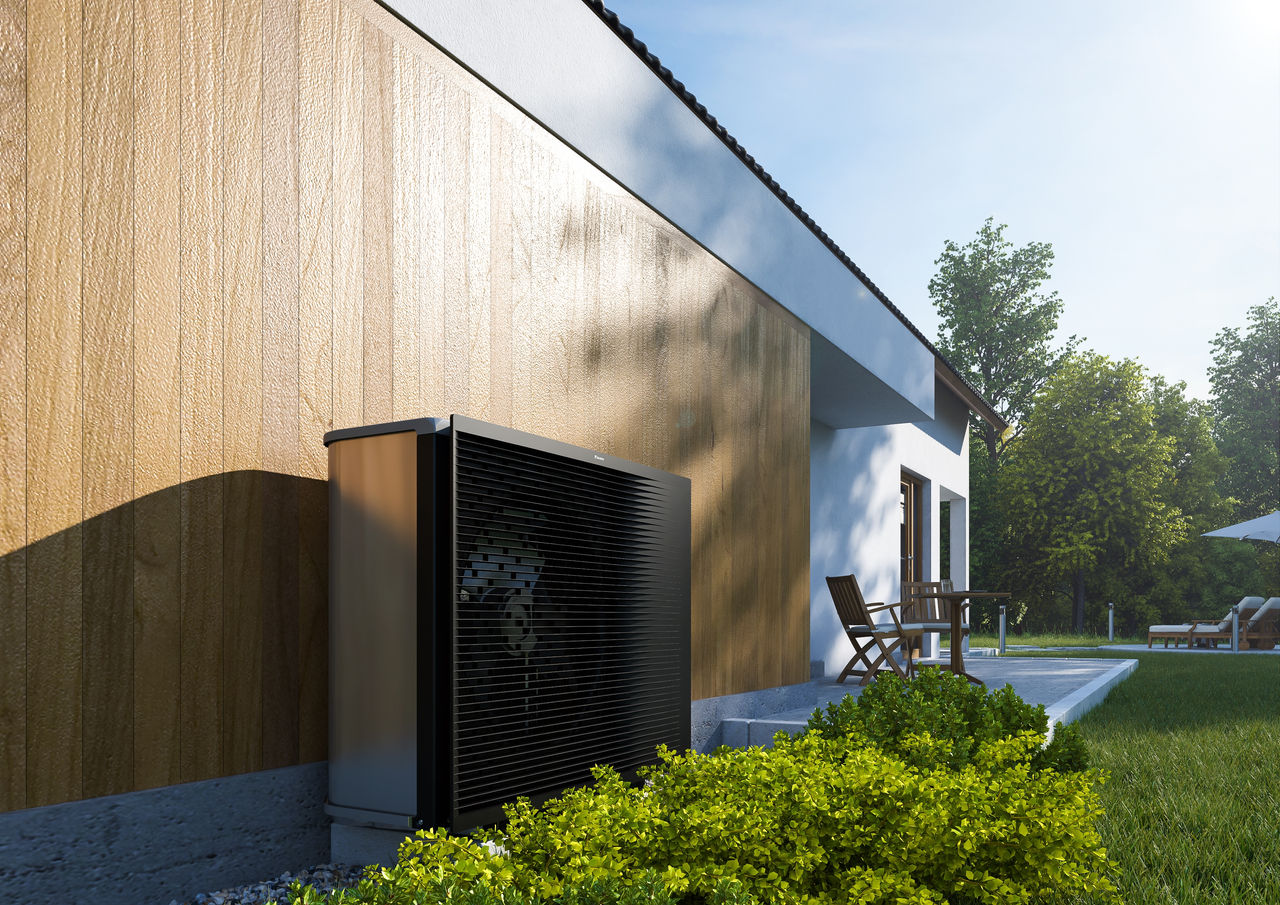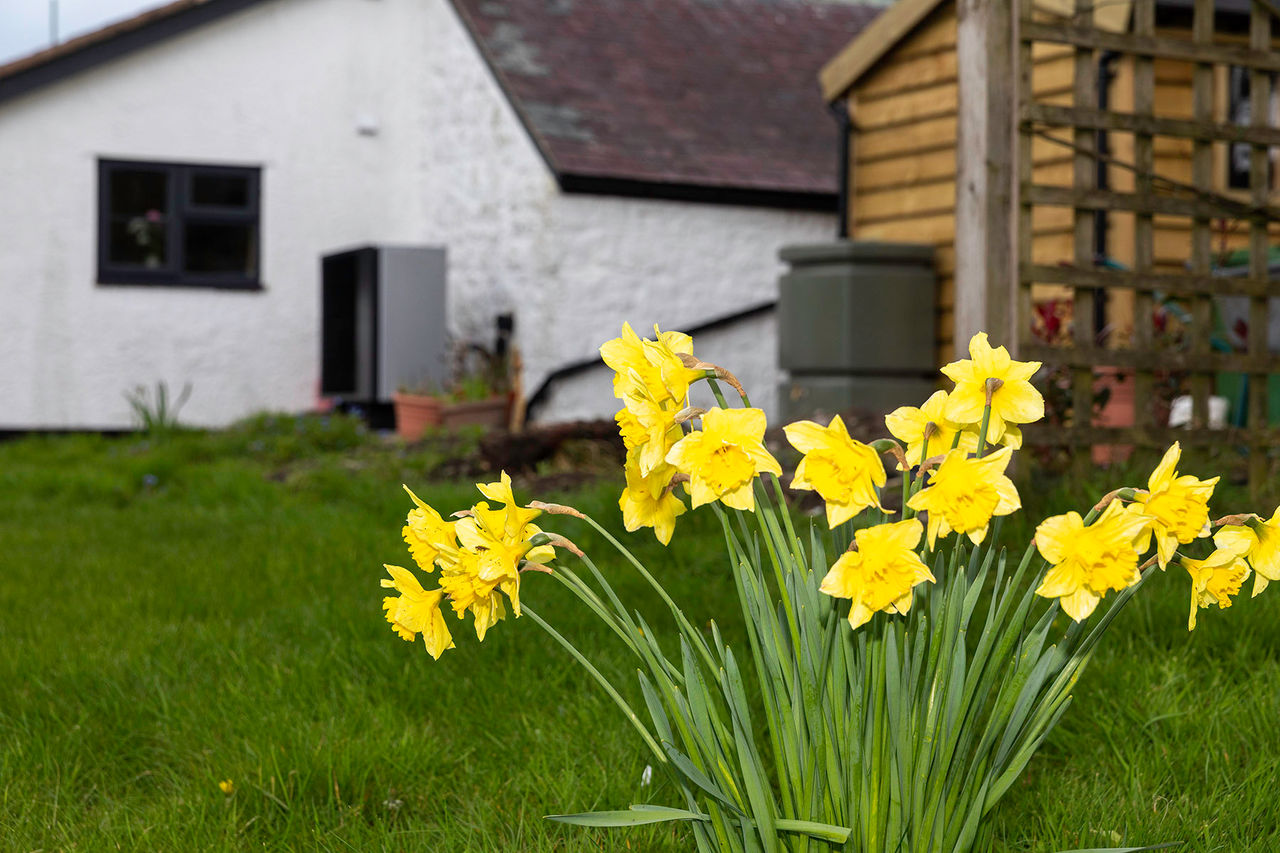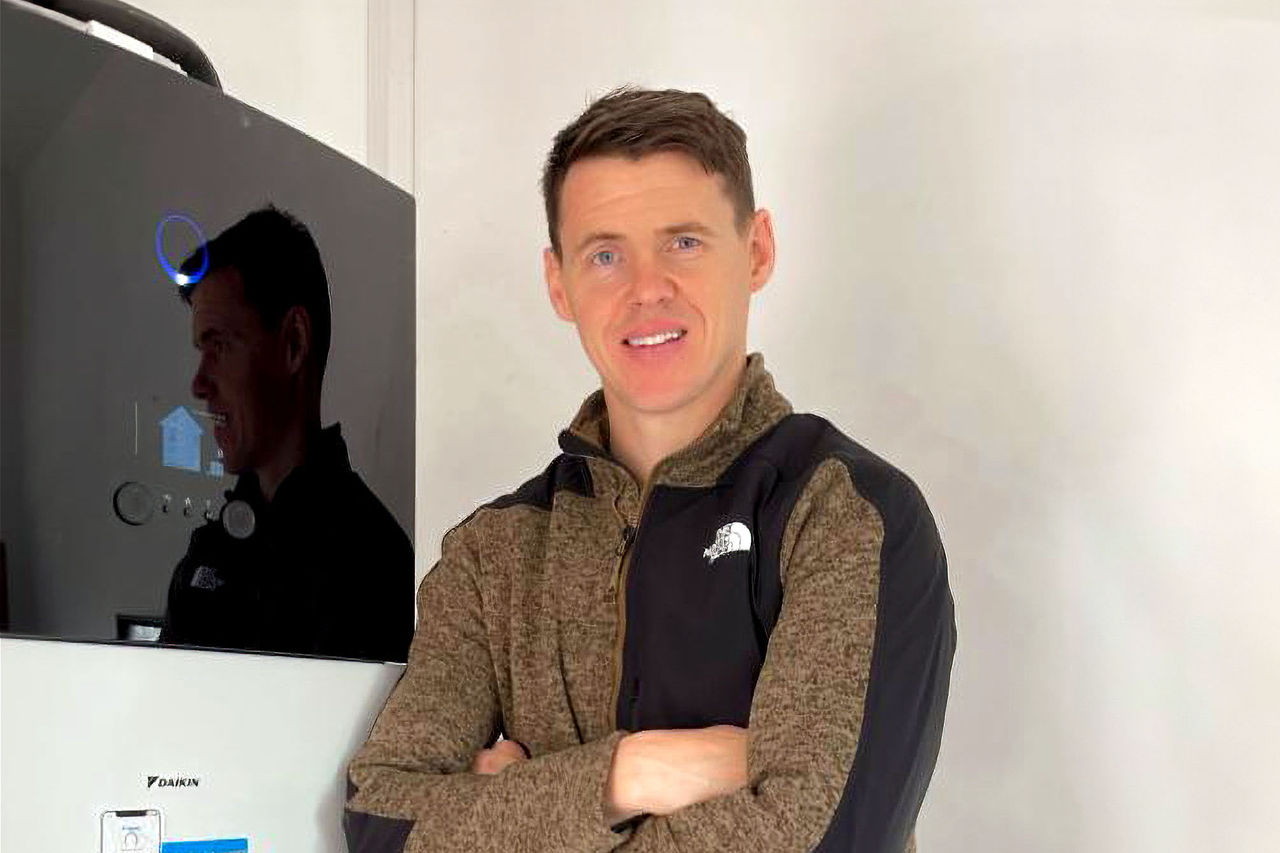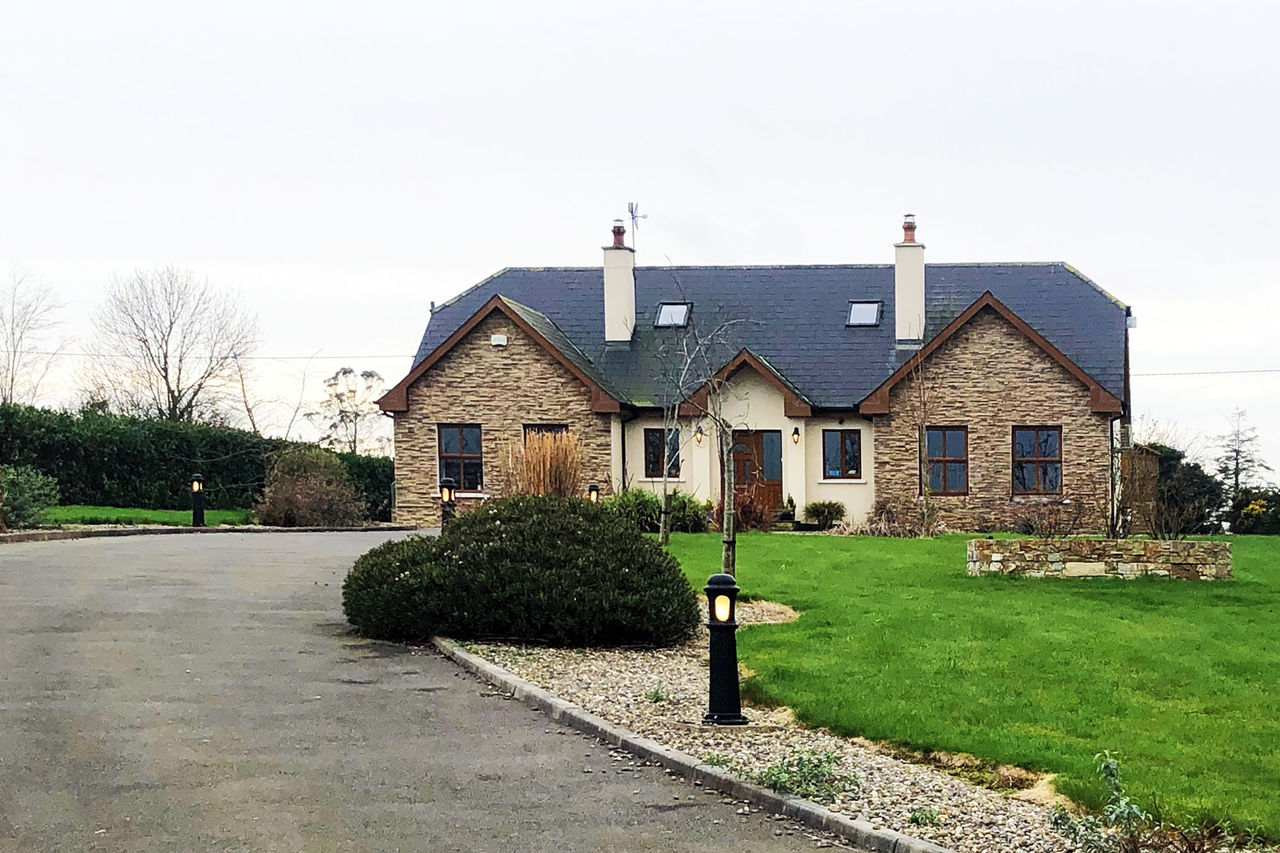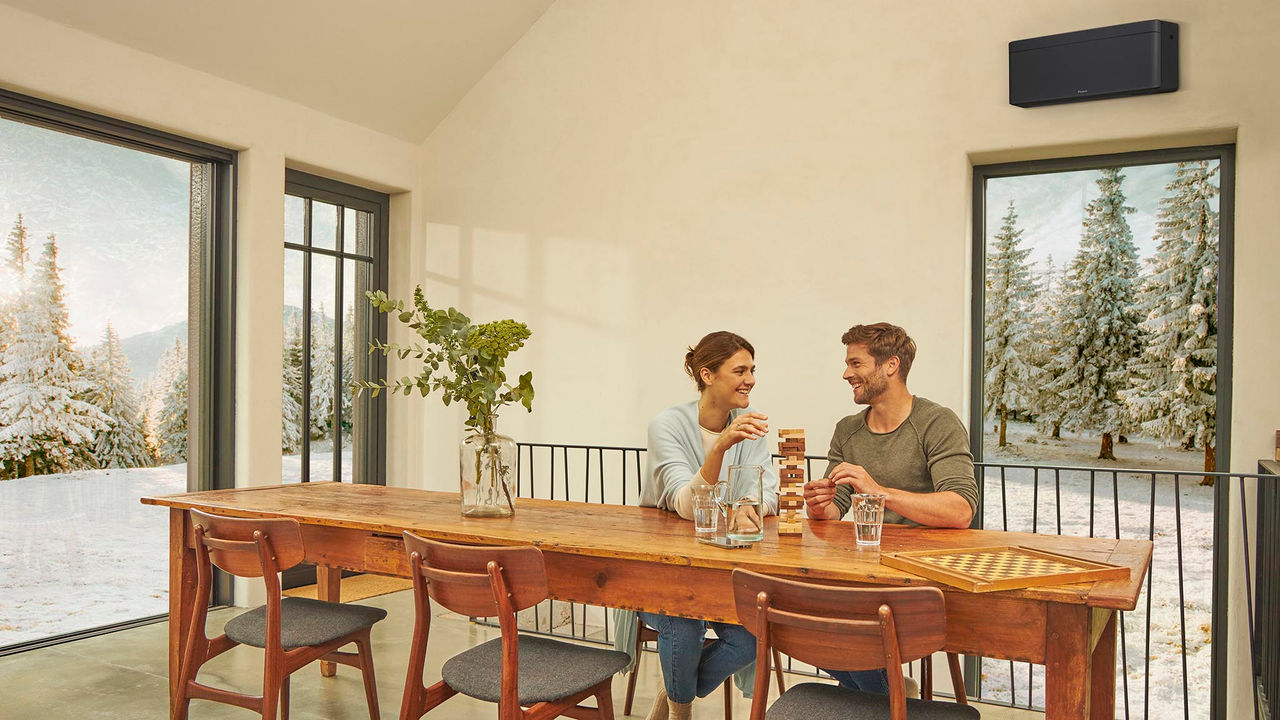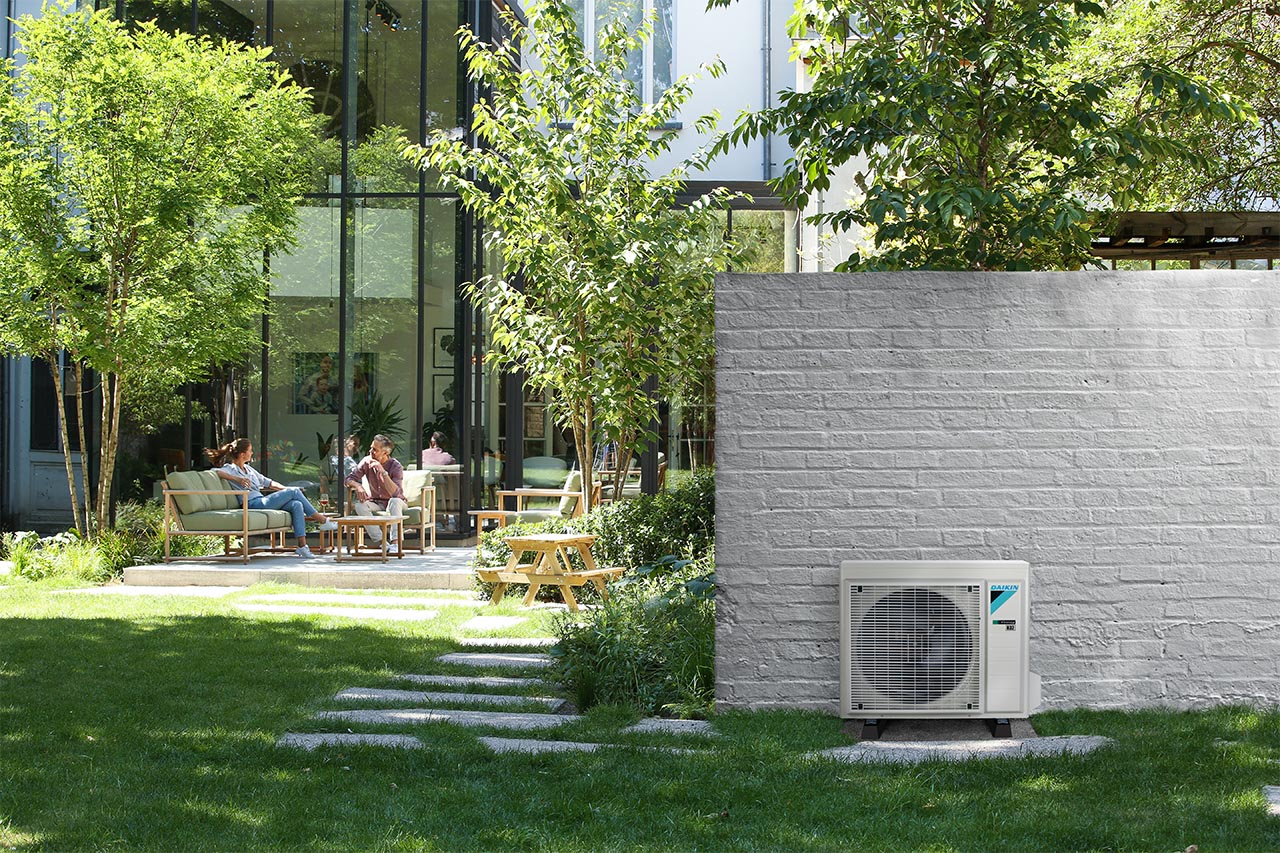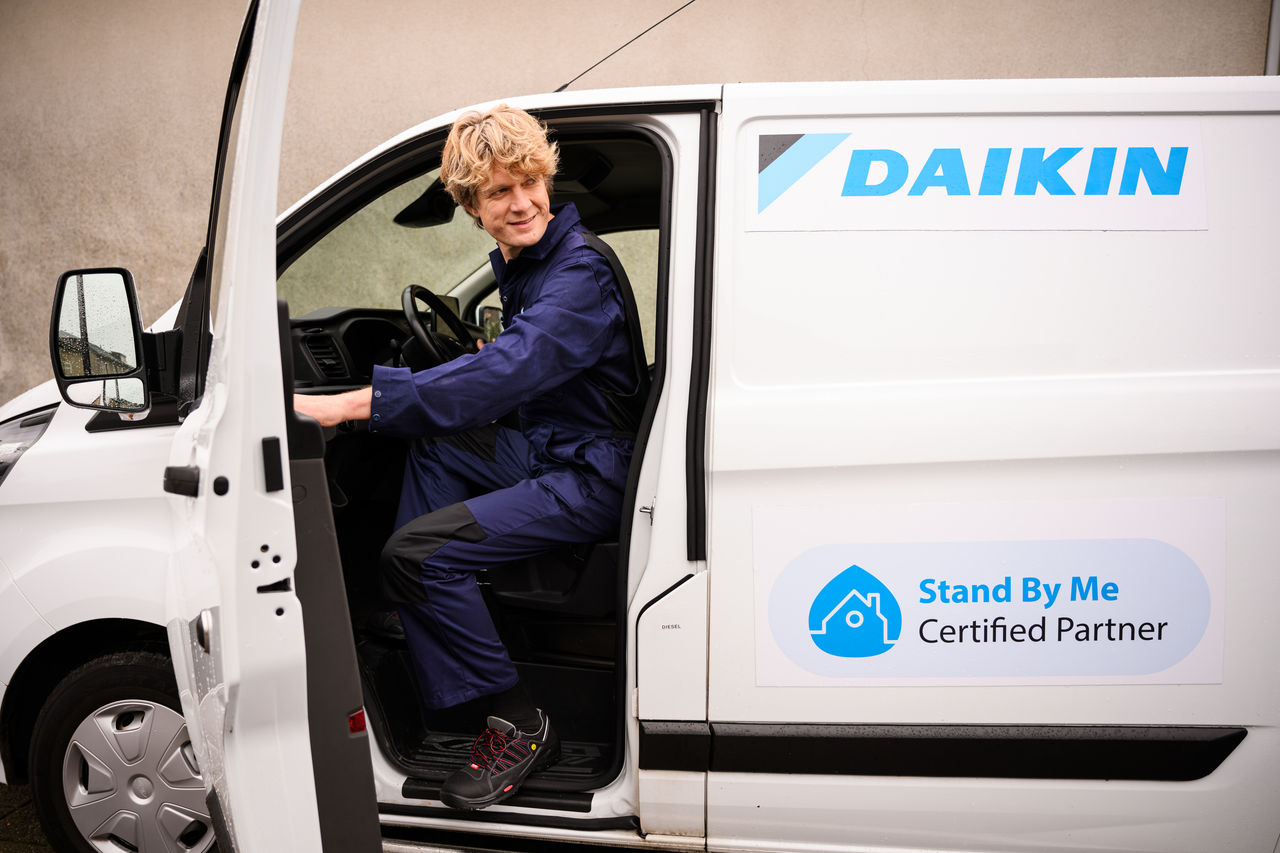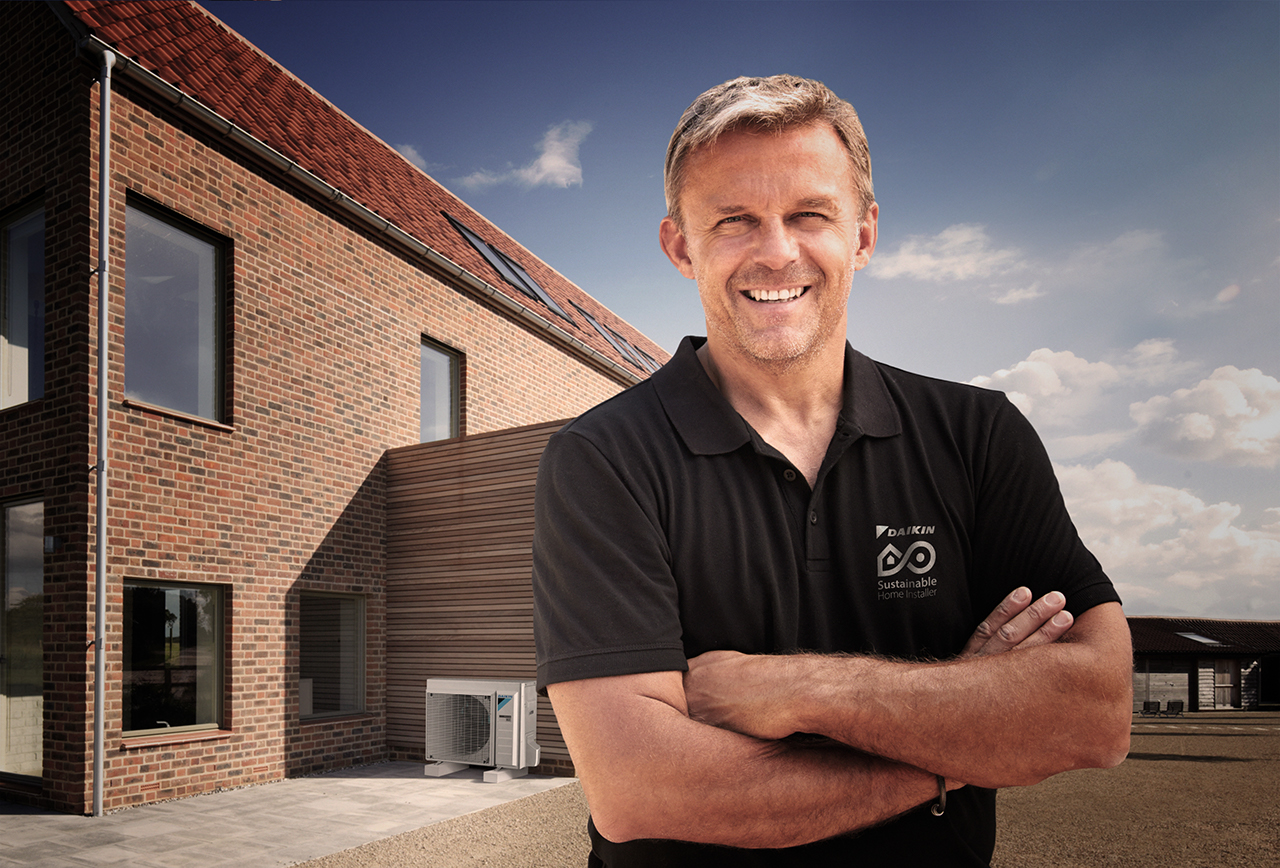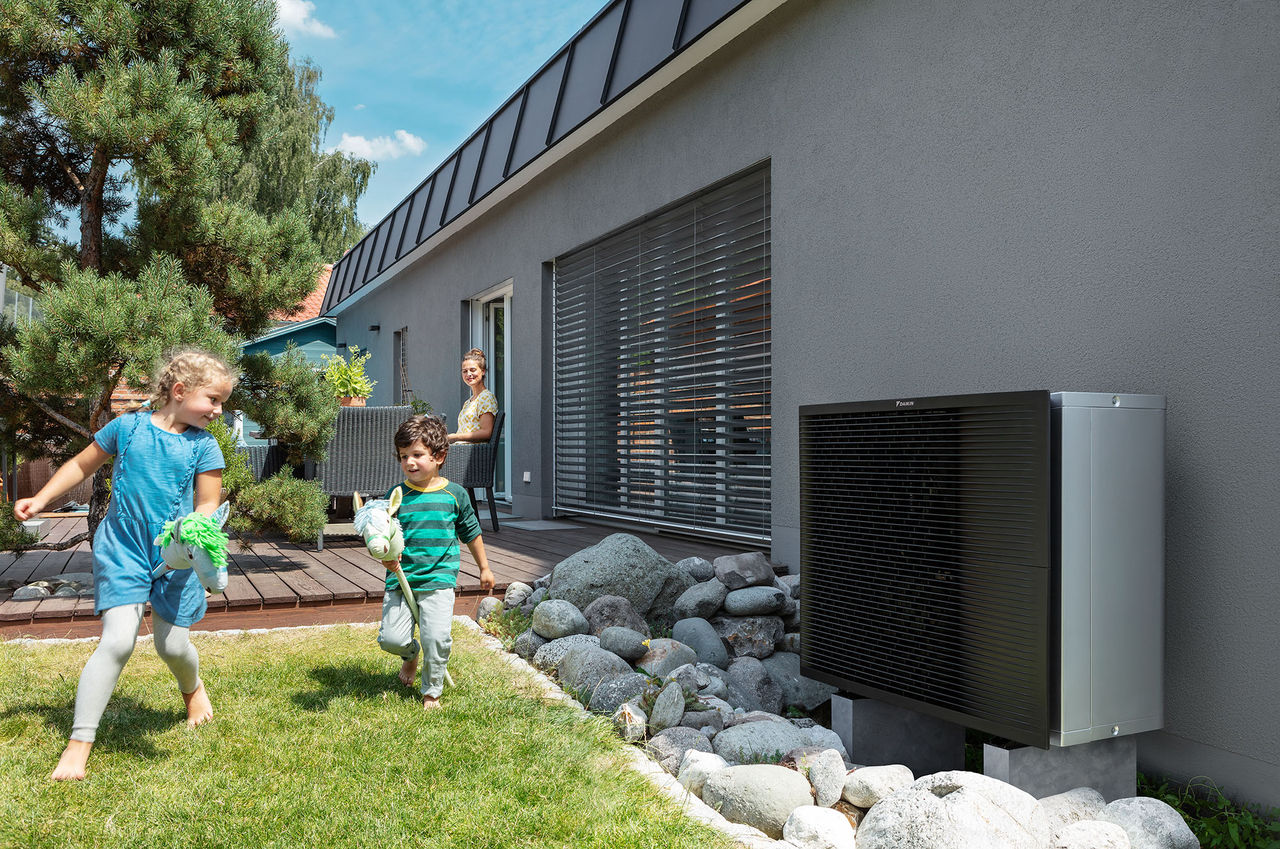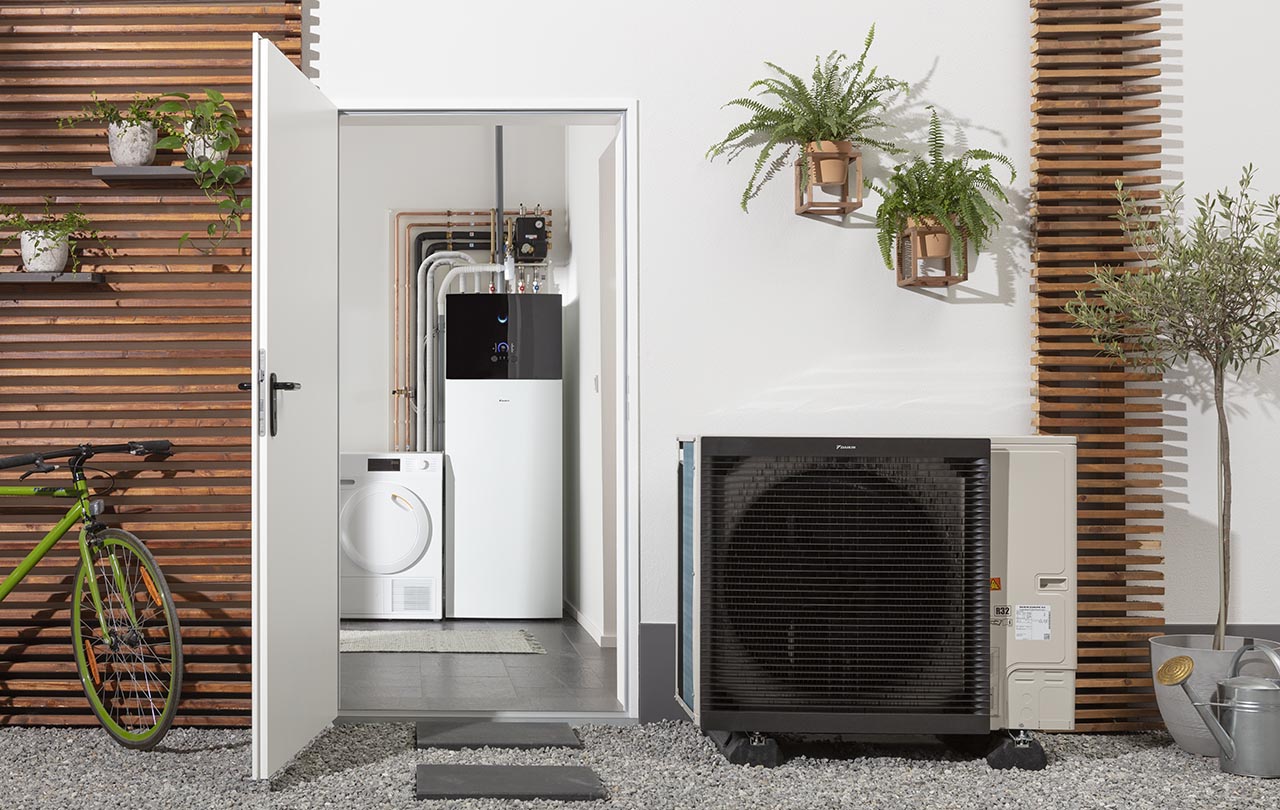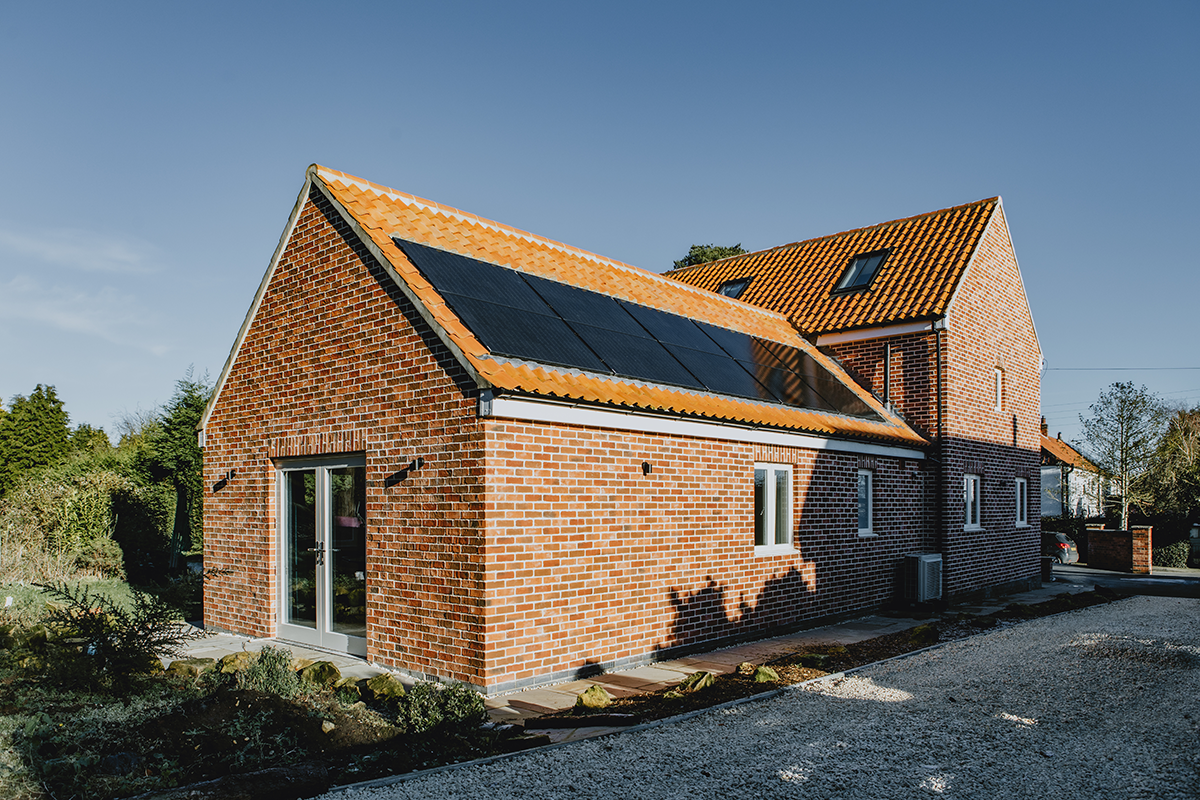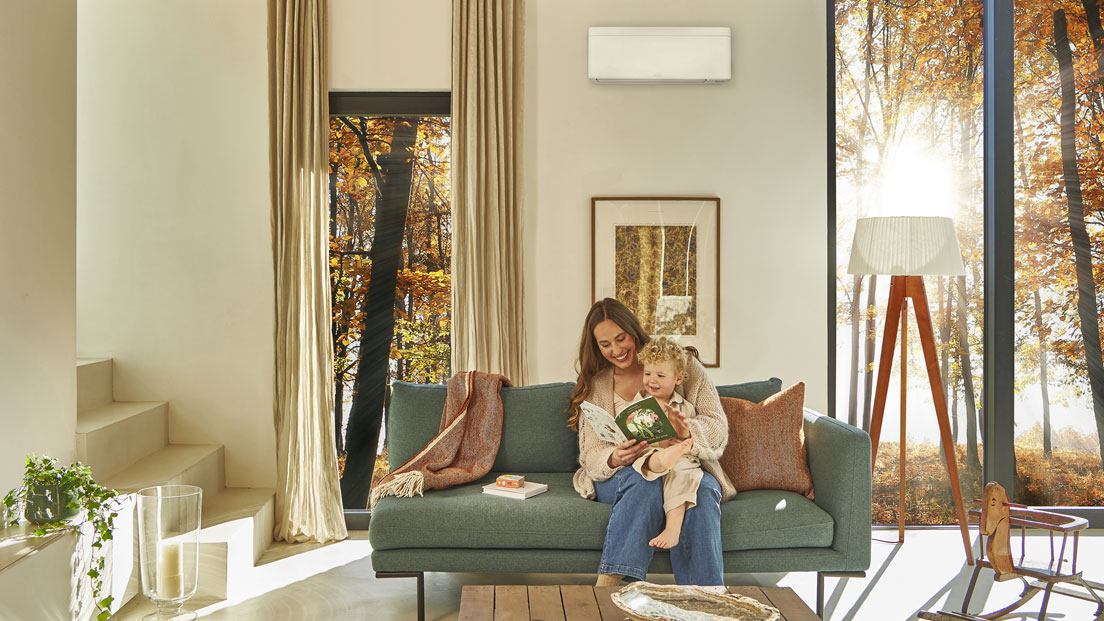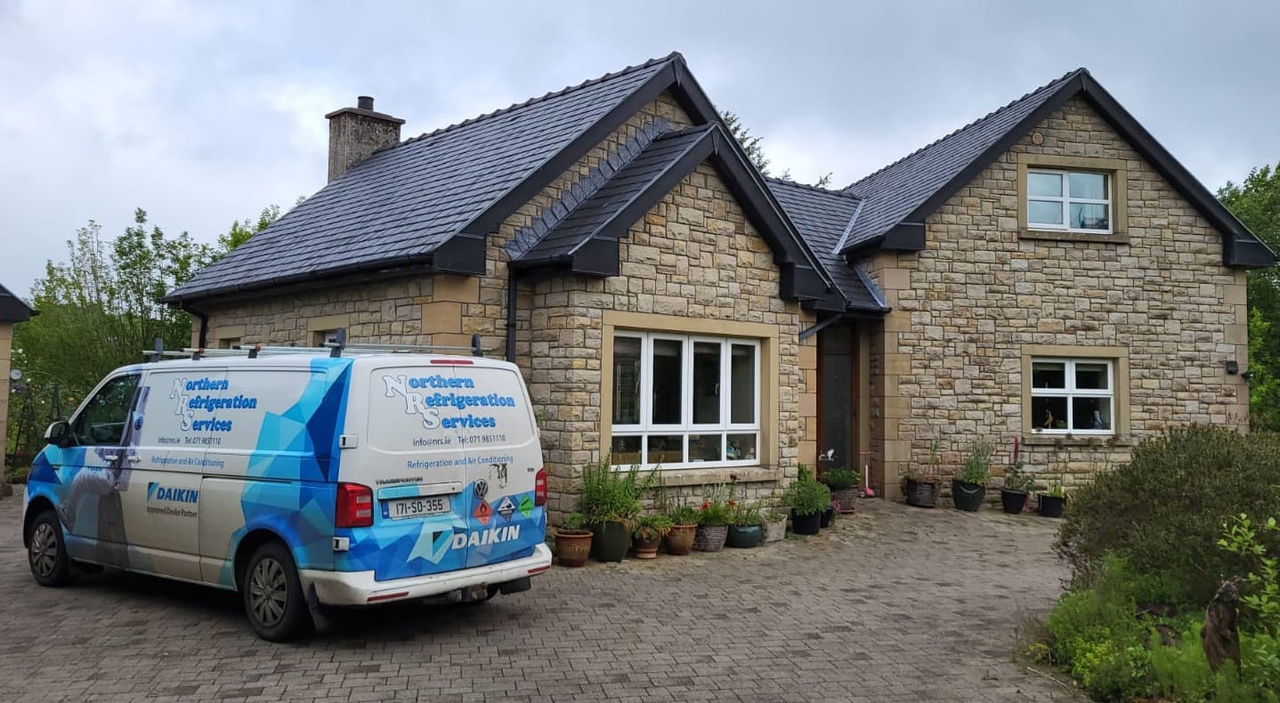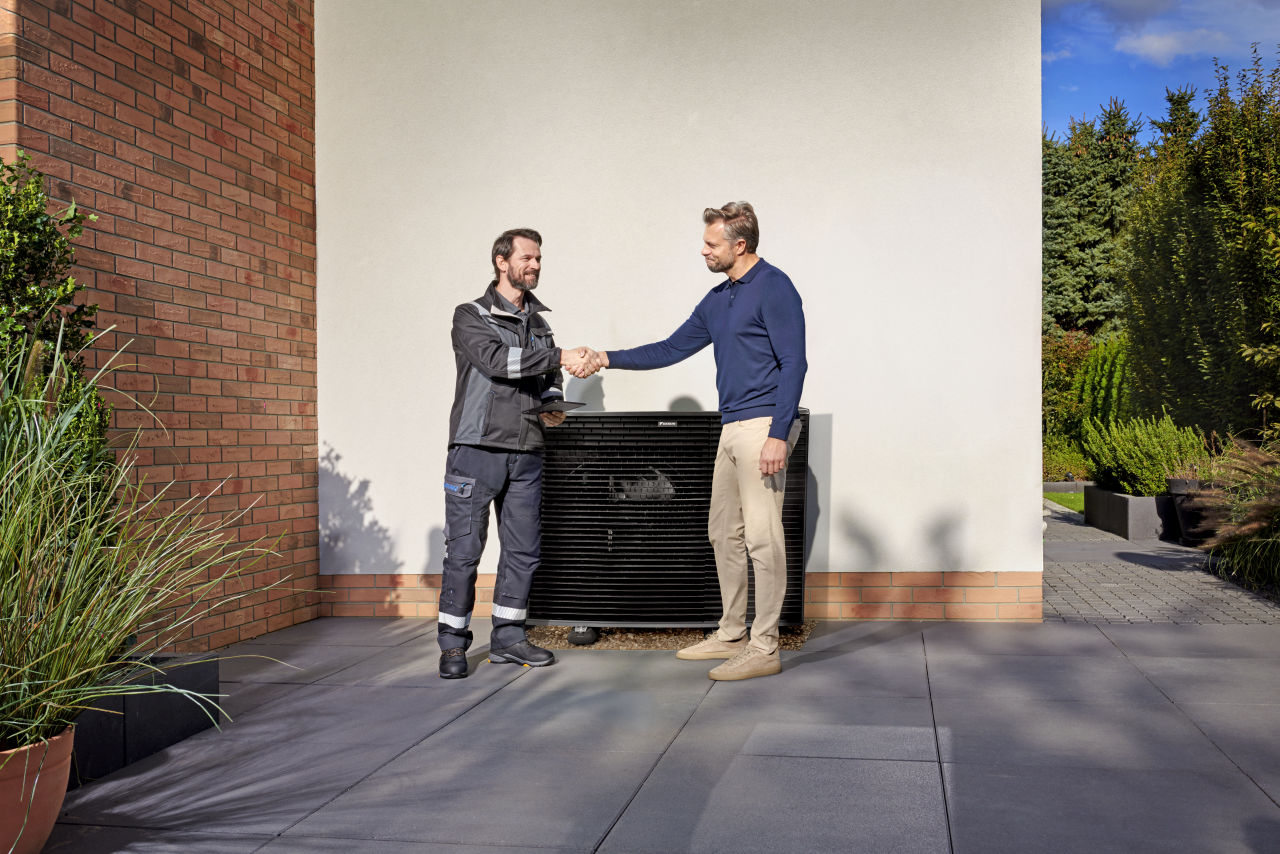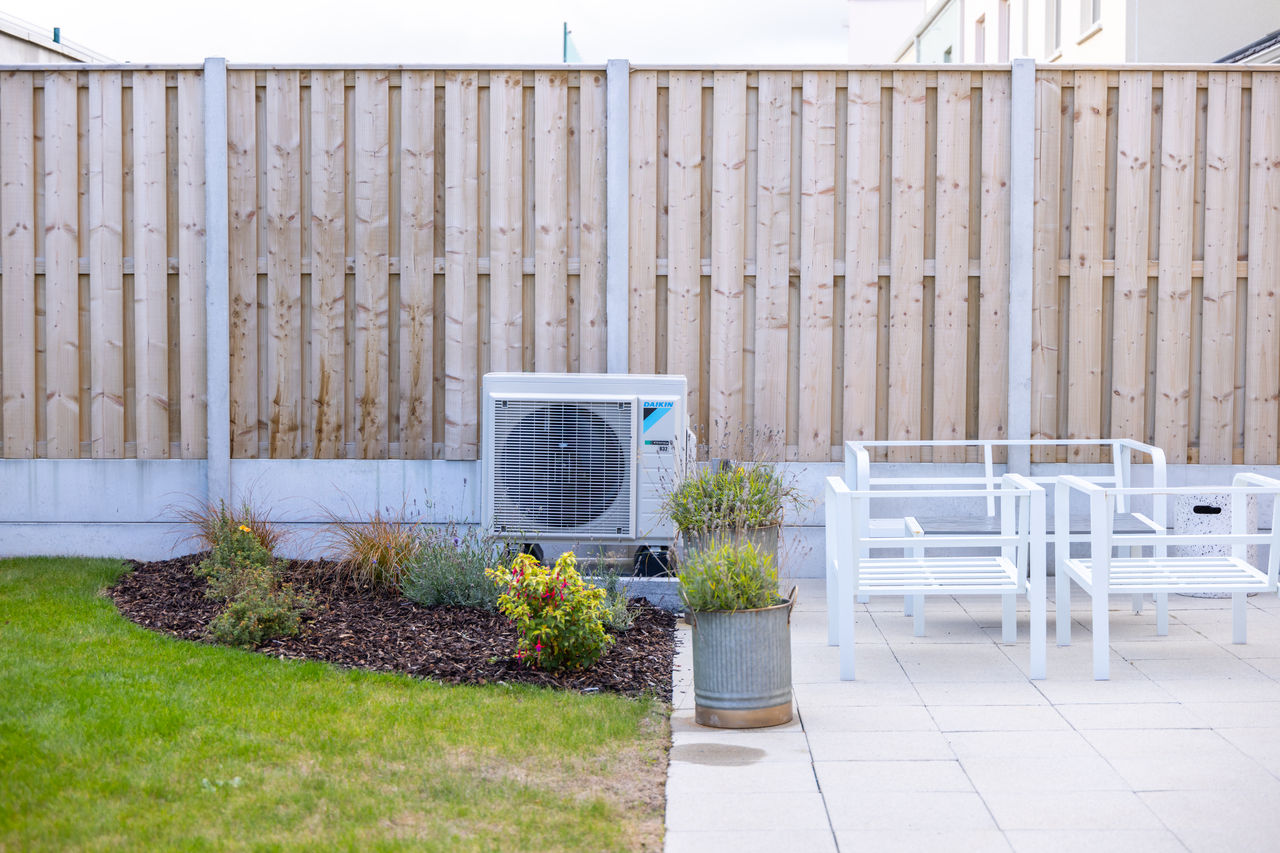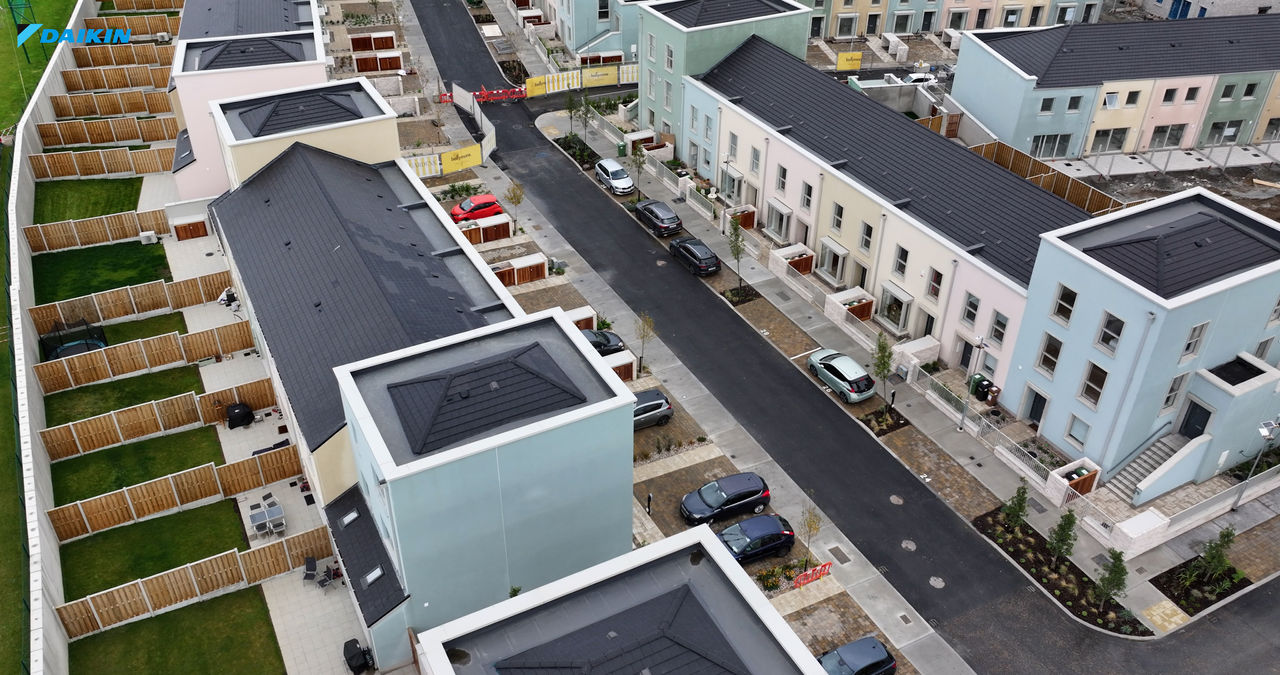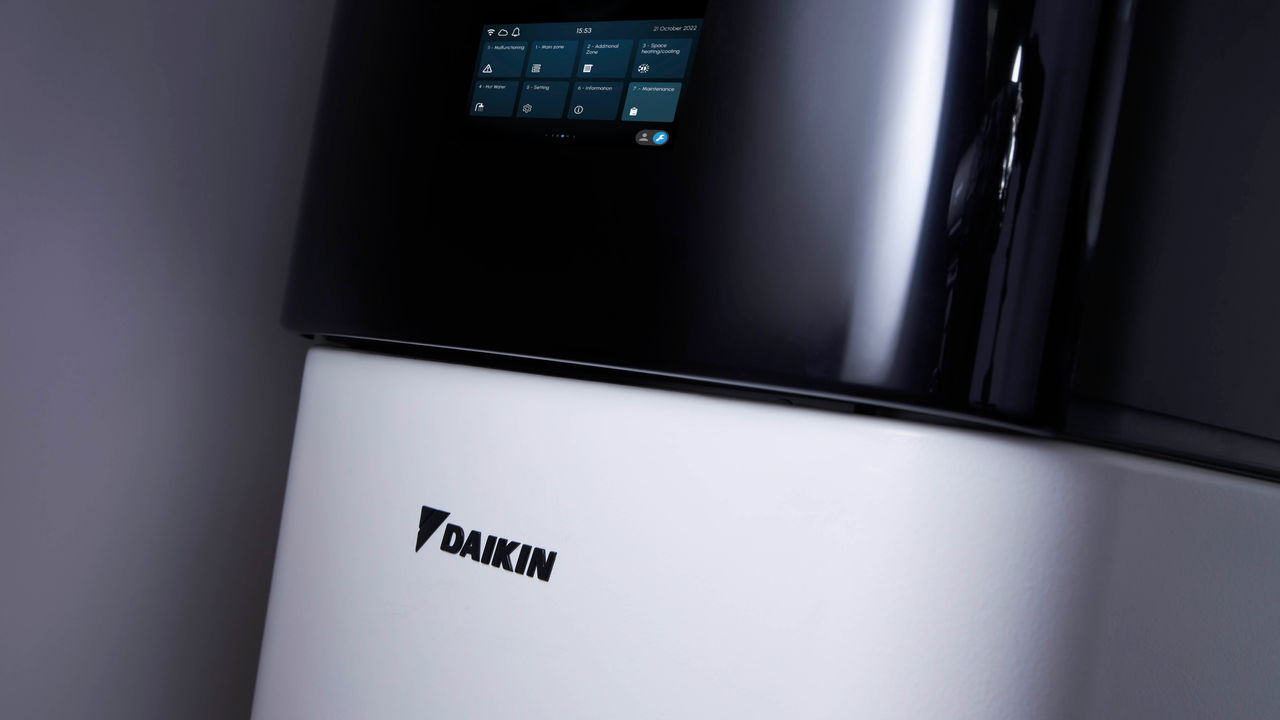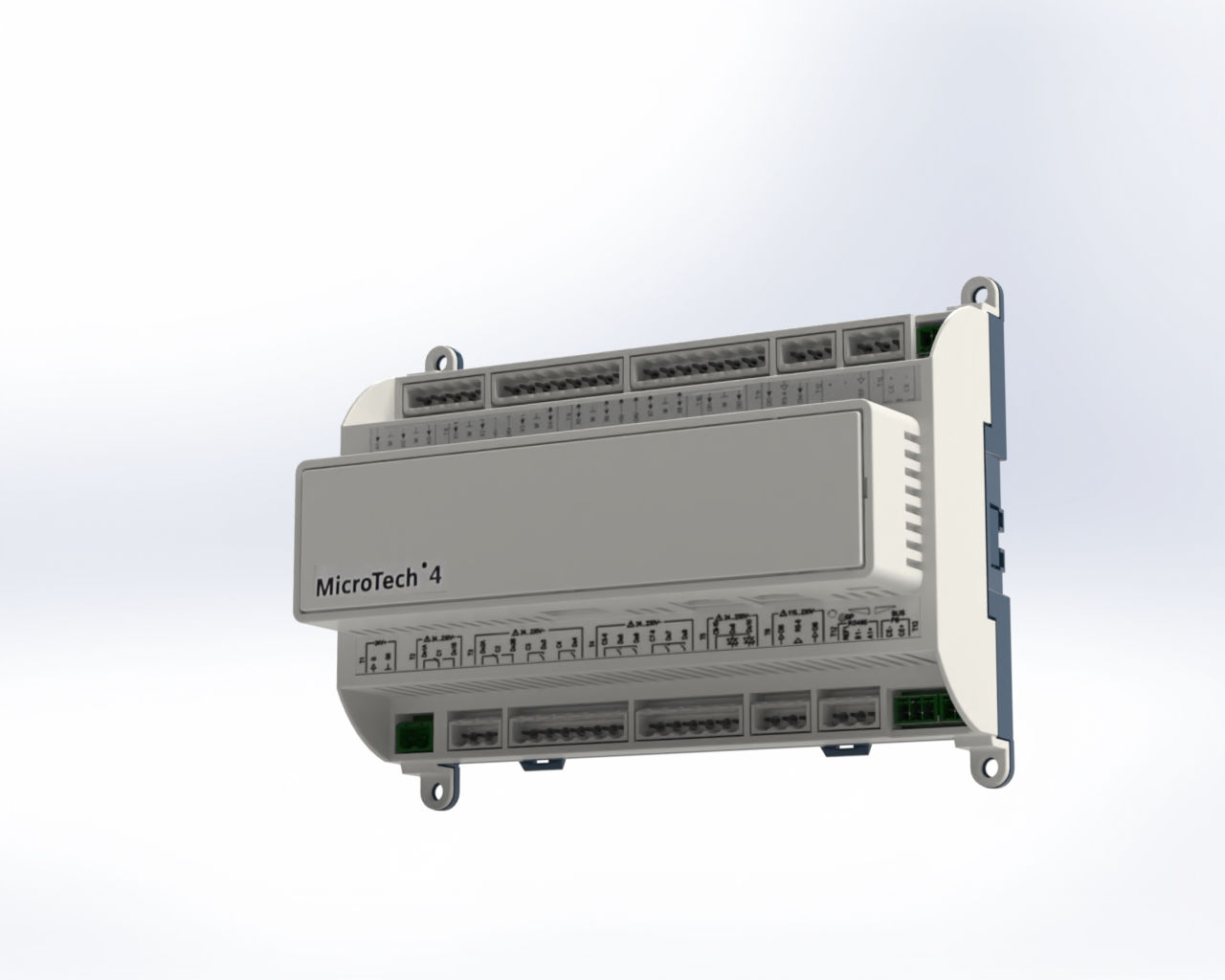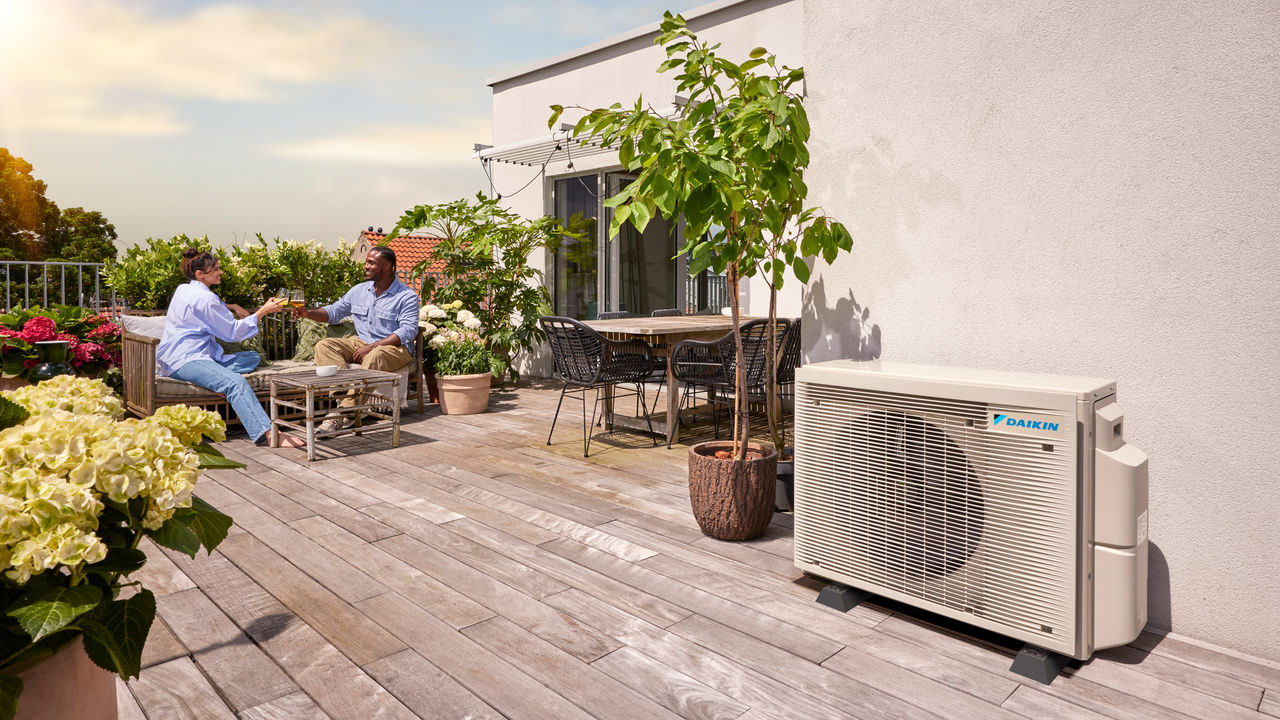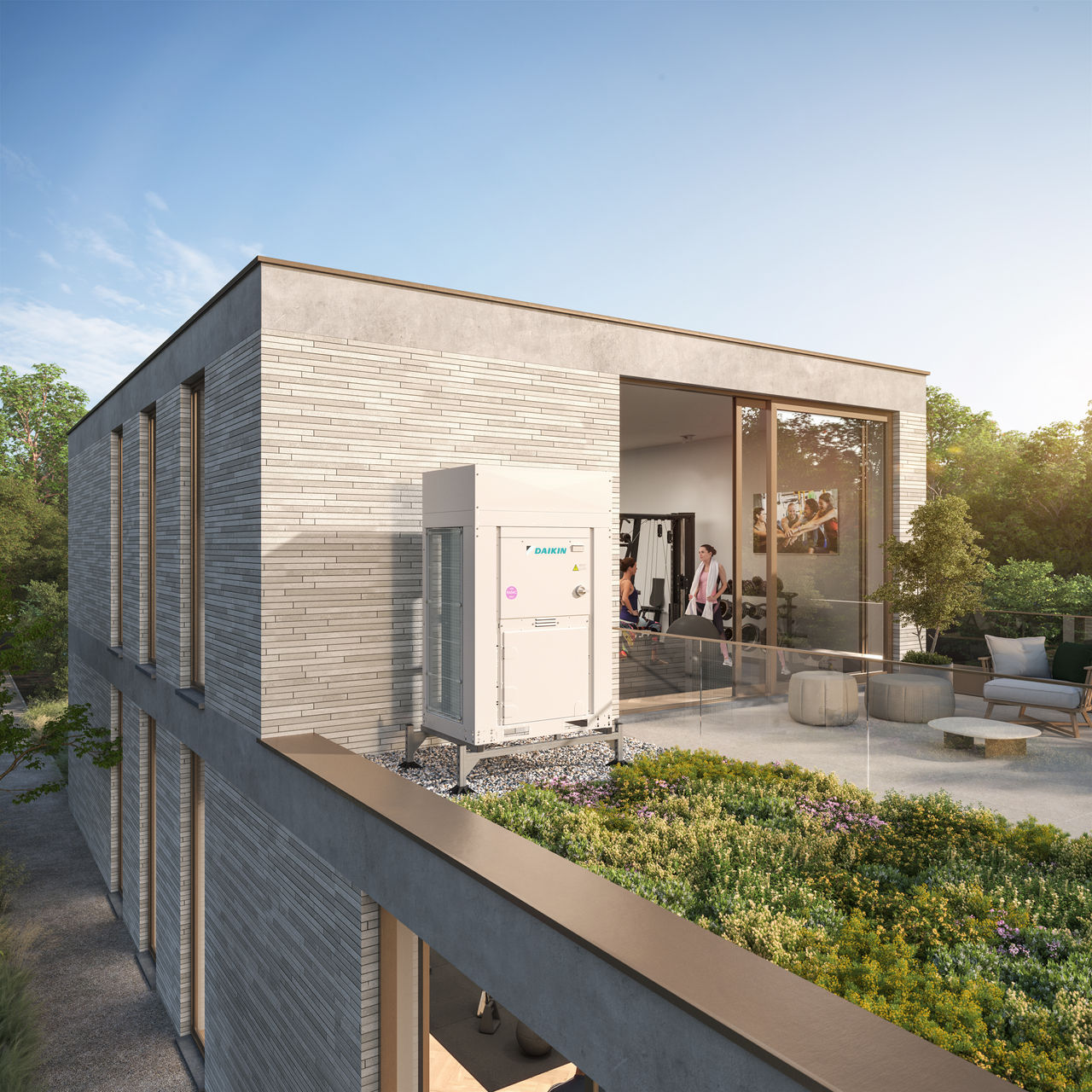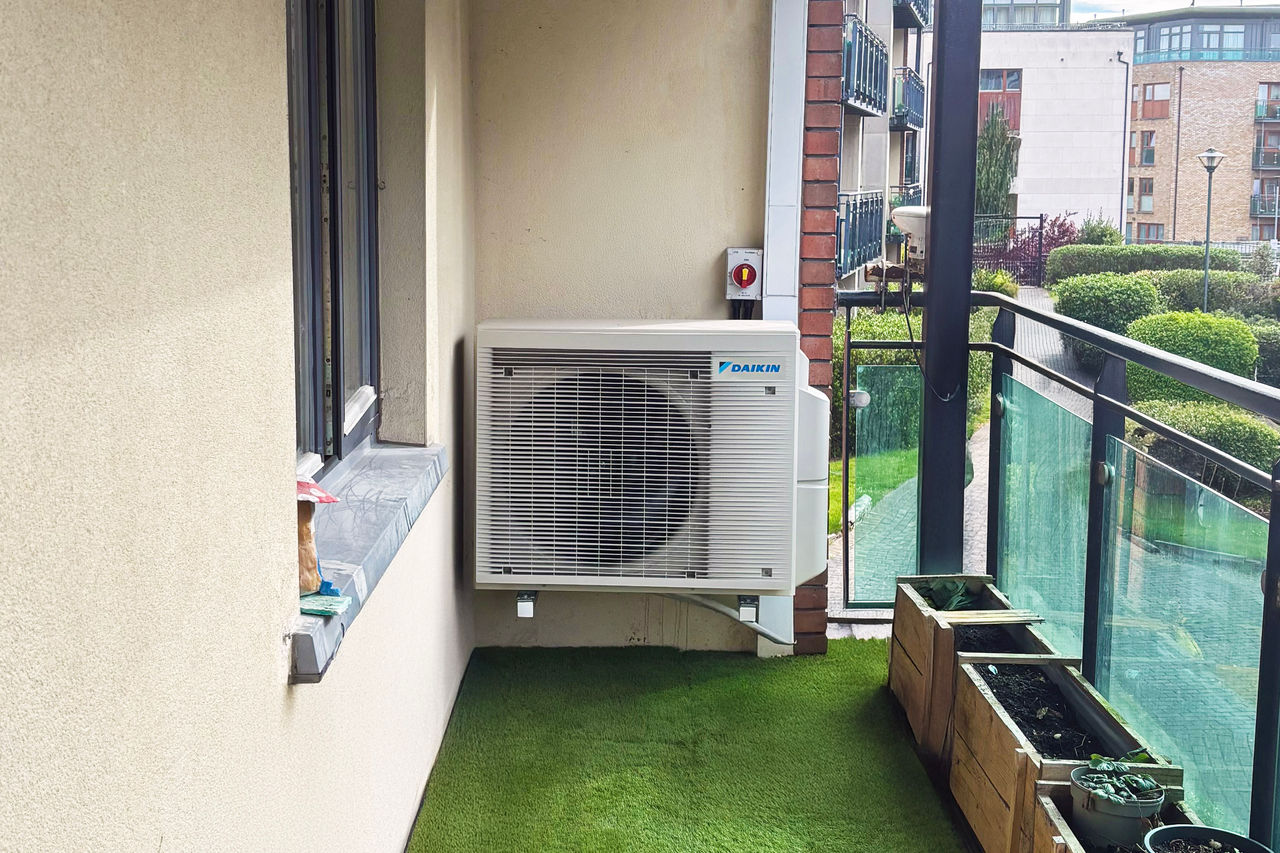

What is unknown is often misunderstood. And there are many misconceptions about what underfloor heating is and how it works. It's about time we set the record straight once and for all. We’ll show you how this sustainable and cost-efficient system works and why it would be an excellent choice for your home.
Types of underfloor heating
Before we go into the myths, let’s first look into the different types of underfloor heating.
Currently, there are two types of underfloor heating systems: electrical systems and hydraulic systems, which run on hot water. The hydraulic system also comes in two different infrastructures known as a dry system and a wet system, and the difference between the two is how the pipes are set up
For water systems, the pipes are in the screed while in dry systems, the pipes are in the floorboards to serve as a heat conductor. You'll usually find the 'wet' hydraulic variant with new construction projects, while the dry version and the electrical systems are best suited for renovations.
Now that you know a little bit of the technical side of underfloor heating, it’s time to look into the misconceptions surrounding it.

Myth 1: underfloor heating is much more expensive than radiators
It’s true that the price to install underfloor heating is 30% more expensive than traditional radiators. But underfloor heating is an investment that pays off in the in the long run. Because the system is more energy efficient and requires less maintenance, users will find their energy bills and overall system costs are much lower than traditional radiators.
Myth 2: a house with underfloor heating never gets warm
While it's true that underfloor heating does not produce as much heat as a conventional radiator, it does generate enough heat to create a comfortable environment. The system works to evenly distribute heat over the entire floor surface, so the room temperature can reach up to 25°C. Homeowners can evenset the thermostat a couple degrees lower and rest assured they are not losing any heat.


Myth 3: underfloor heating is technically electrical heating
Of course, electric floor heating runs on electricity, but the hydraulic system runs on hot water and central heating. There’s also an option to connect an underfloor system to a heat pump. While the heat pump does require a bit of electricity, it also relies on renewable energy. Because underfloor heating operates at a constant low temperature, choosing to add a heat pump to your system is an ideal choice.
Myth 4: underfloor heating heating takes longer to heat up a house, so the temperature never says consistent
While electric floor heating works almost as quickly as radiators, hydraulic systems react a bit more slowly. But that doesn't mean you need to suffer through cold temperatures. It's important to see how you can set up your system to best suit your lifestyle and keep your interior at a comfortable temperature. For example, if you have a hydraulic system, you can change the settings to make sure the room temperature only drops three degrees during the night.


Myth 5: underfloor heating is only installed in the floor
This may come as a bit of surprise, but you can actually install underfloor heating beyond the floor. You can also install it in the walls or ceilings to heat rooms even faster. Overall, underfloor heating does not take up extra space, so you can perfectly integrate it into any modern interior.
Myth 6: underfloor heating makes your feet swell
In the early days of underfloor heating, the room temperature could rise to more than 35°C, and if that was the case, your feet could swell up. But with the current systems today, these situations don’t occur anymore, especially if your house is well insulated. In fact, combing underfloor heating with a heat pump allows the system to provide cooling, which is plus in the hot summer months.


Myth 7: underfloor heating is unhealthy
Underfloor heating prevents the circulation of dust particles that can cause allergies or sickness. Homeowners can also take advantage of the better humidity and a healthier environment free of dust mites and mould, which is especially helpful for people who experience allergies or respiratory issues.
Myth 8: you can’t combine underfloor heating with parquet
If you take some factors into account, you can easily combine underfloor heating and parquet. If you have a stable type of wood that is resistant to humidity and multilayer version where the planks are up to 15 cm wide, you should be good to go!










